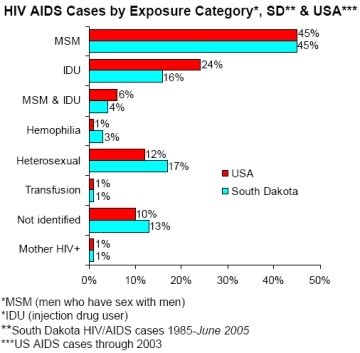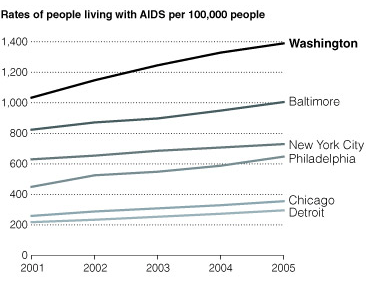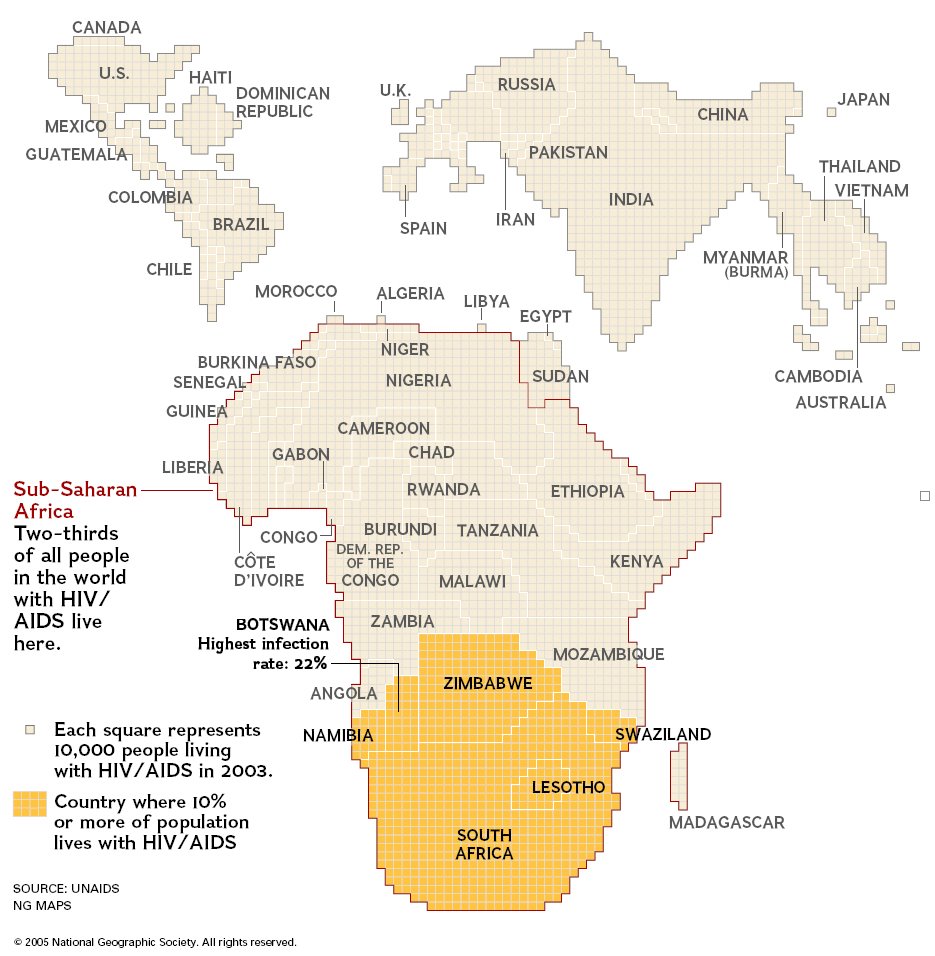In the past few weeks, there have been several conflicting reports examining the rate of new HIV infections. It’s an inherently touchy subject: every time a positive piece of news is released, there’s an immediate backlash from public advocacy groups who believe constant vigilance – even fear – is essential for our future safety.
Below, I’ve assembled some of the latest research on HIV infection. While the data seems contradictory at times, it’s clear that the virus strikes certain segments of the population at vastly different rates.
The data, much of which has been revised lately, shows that HIV infection is largely relegated to minorities. Education and prevention dollars should be distributed with this in mind. It goes without saying that caution and regular testing should remain the status quo for all.
Among Straight Men
According to a study in the Journal of the American Medical Association, men almost never get HIV from women. A healthy man who has unprotected sex with a non drug-using woman has a one in 5 million chance of getting HIV. If he wears a condom, the odds drop to one in 50 million.
It’s easier for men to infect women, but the odds that an HIV-positive man will transmit the virus to a woman through sex are less than one in 1,000.
Among Gay Men
Two years ago, a CDC study of 1,700 gay men in five cities found that 25% overall were infected with HIV, compared with well under 1% in the general population. Almost half who tested positive were unaware of their infection.
African-American gay men are twice as likely to be infected with the HIV as their white counterparts. “Men who have sex with men account for almost half of all people estimated to be living with HIV in the

Source: TDAXP
By

Source: New York Times
In the
Last week, the New York Times, The Washington Post and the Wall Street Journal all noted new research U.S. infection rates were 50% higher than previously thought, with 58K to 63K infections reported in the last 12-month period.
The CDC has established a surveillance system in which will determine the rate of new infections – the numbers are now in, though the agency has yet to release them. At total of 19 states have been using two different blood tests: one test is highly sensitive and is able to spot an infection in its earlier stages; the other test takes several months before it can identify the presence of HIV. When a blood sample comes up positive on the first test and a negative on the second, that individual was likely infected recently. In this way the CDC is able to come up with an estimate of new infections.
Worldwide
In November, the United Nations and World Health Organization (WHO) stated that the worldwide prevalence of HIV was leveling off. The report estimates 33.2 million people worldwide are living with HIV in 2007. Last year the total number of people living with HIV was estimated to be 39.5 million. Improved epidemiological data and estimating methods led to substantial revisions of previous figures, said a statement on the WHO website. UN AIDS Executive Director Dr. Peter Piot stated, “Unquestionably, we are beginning to see a return on investment; new HIV infections and mortality are declining and the prevalence of HIV [is] leveling.”

Source: National Geographic